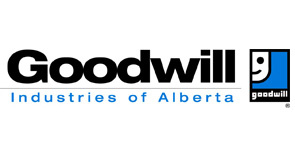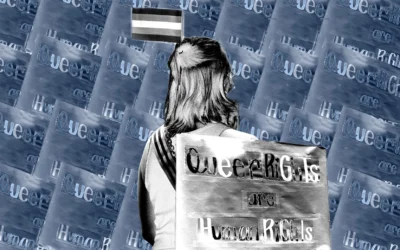Despite sharing their name with the international organization, Goodwill Industries of Alberta (GIA) is born and bred Albertan, with a mission to help and support the province. Approximately 89 per cent of the income or 88.7 cents of every dollar goes towards people with disabilities who are aided by the organizations through commercial services ie; employment. The organization receives no funding from the government and is entirely self-sufficient.
The organization came into being in Edmonton in 1963 and has since been a true “‘Berta success story,” says Doug Roxburgh, who is the manager of market-brand integrity for GIA.
Every donation that the organization receives goes through a meticulous screening process: it is checked for quality purposes, the item gets researched for accurate pricing, and is later put out on the sales floor. Before the item makes its way to the floor, it changes hands four to five times; the market value of the product is researched in order for it to be given a new price as a second-hand item. All of this happens in a day.
“We have over 600,000 donations annually. If it wasn’t for the generosity of all those Albertans who choose to donate to Goodwill to help support our mission of helping people with disabilities, this wouldn’t be possible,” Roxburgh says.
The organization doesn’t look to compete with fast fashion outlets; it instead focuses on providing an alternative to eco-conscious shoppers. A major part of GIA’s mission revolves around recycling and reusing products. If a product hasn’t sold within four weeks, it is sent off to the Impact Centre — a new initiative that acts both as storage and bulk retailer.
“That’s where an item has a second chance to sell and to find a new home. That’s where we sell it by the pound, and it’s purchased by the pound. You could own like 15 shirts for a buck,” Roxburgh says.
If it still doesn’t sell, the item is reprocessed and taken into GIA’s sustainability project, where it is recycled and repurposed. For example, old t-shirts are turned into cleaning cloths.
Roxburgh also states that there is also a new refurbishment initiation for furniture which began six months ago.
“We take in broken furniture that is destined for the landfill and we refurbish it. So now it’s a centrepiece for your home instead of missing a leg,” says Roxburgh.
“It is now refurbished, repainted, has a new leg on it, and it’s usable for someone’s house.”
There are only a few stores spread out in Edmonton, but Roxburgh says that although there isn’t a Goodwill store in the west side of the city, the organization would prefer to open up a retail space in Calgary in order to branch out.
“But it has to be feasible and support our mission,” he says, adding, “At the end of the day, we can only open up another store so that we can provide employment.”
Over the years, GIA has rooted itself deep in the community. Aside from the donation centre, the organization also looks after it’s employees. It operates essentially as a training ground, Roxburgh says, by helping people with disabilities to find employment. The GIA helps them partner up with local businesses that will help them gain more independence, such as Atlas Book Bindery and Tire Shop Plus. A list of businesses that support the GIA can be found online at https://www.goodwill.ab.ca/programs/supporters/
With the new Impact Centre and new environment-friendly initiatives the organization works only to “bring dignity and joy to our community — to make it a better Alberta,” Roxburgh says.





0 Comments